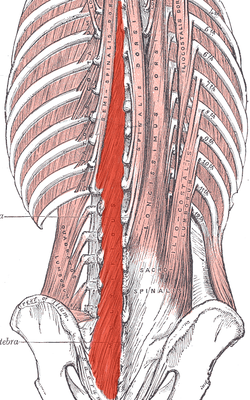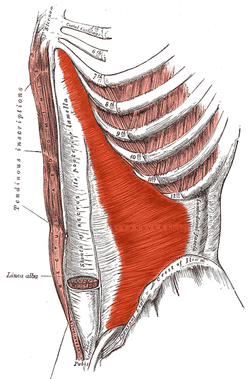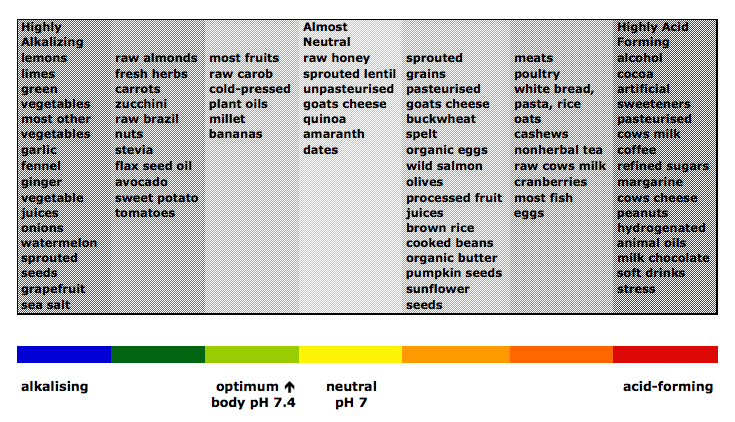I attended bible study today where the Pastor referenced the following article:
B Shiv, “Heart and Mind in Conflict: The Interplay of Affect and Cognition in Consumer Decision Making”, JOURNAL OF CONSUMER RESEARCH, Inc., Vol. 26, December 1999.
The basic premise to this paper is that when we are over stimulated the higher rational thinking centers in our brain become distracted and unable to protect us from the more primitive irrational behaviors of the of our more primitive minds. This is born out in grocery stores where we are over stimulated with colors, smells, and sounds, and end up coming out of the store with stuff we never intended.
He went on to mention how life is currently designed to overstimulate. The downside: our input become distorted as we have trouble absorbing all of the information , we learn how not to focus, and we have trouble operationalizing the truth we do have because the higher centers of our brains are so distracted and over burdened.
It was a fascinating bible study session (and I will edit this post later with more content from the session), and we were left with a primary and a secondary homework assignment:
- Start the day with 5 minutes of quiet stillness. Even better if you can find similar space in the evening as well. And share your experience with comments below.
- If you happen to watch TV count the number of scene changes in a minute. It may be helpful to note the difference between commercials vs programs. It may also be helpful to note the difference between new and old programing.
Also feel free to share any other insights from the first in this new bible study series.
-jb
![fat-loss-workout-exercises[1]](http://www.betterme.us/wp-content/uploads/2012/11/fat-loss-workout-exercises1.jpg)






